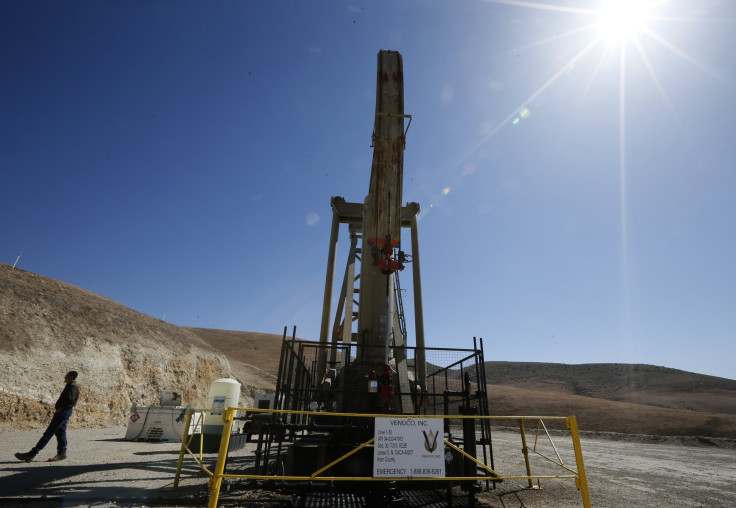US Oil Boom: Domestic Drillers Last Week Pumped Most Crude Since 1989

U.S. oil output during the first week of September hit a 23-year high on the back of new drilling techniques that make previously unavailable oil reachable, the Department of Energy reported Friday.
The development of the extraction methods of unconventional shale oil helped energy companies pump 7.745 million barrels per day last week, the highest weekly output of crude oil since May 1989.
Thanks to hydraulic fracturing, or fracking, and the ability to drill horizontally, oil production has rocketed in the past five years since the technique gained widespread use in the U.S. Fracking is a drilling technique that blasts millions of gallons of water and chemicals to extract natural gas or oil from fractured rocks. The drilling technique has been heavily criticized, and some environmentalists contend fracking contaminates groundwater.
Texas, the biggest oil-producing state in the U.S., has increased production by 30 percent since last year. Production in the Lone Star State alone could surpass 3 million barrels of oil per day by early 2014. The current trend shows that Texas could even surpass Kuwait, UAE and Canada in oil production by the end of next year.
© Copyright IBTimes 2025. All rights reserved.






















